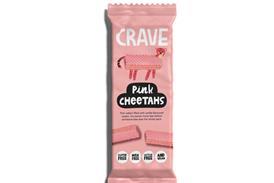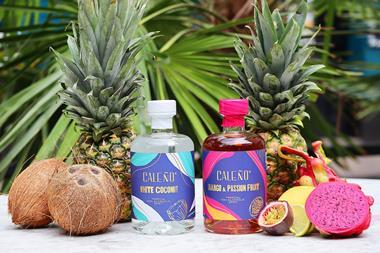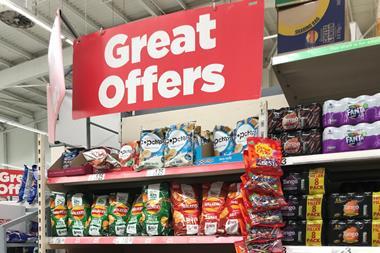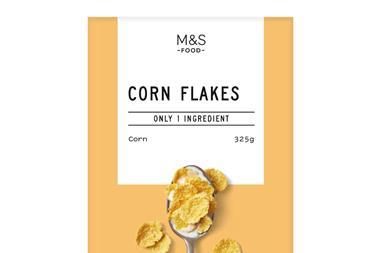
For established confectionery brands, ever-tightening health regulations may feel constraining, or like an assault on your brand equity. But they are also an opportunity to re-evaluate and reinvigorate your proposition to sync with fast-moving consumer attitudes and expectations.
Established brands that improve relevancy through consumer-led innovation are likely to be favoured by both consumers and retailers alike.
To navigate these challenges from a design perspective, it’s important to understand the emerging cultural dynamics, along with lingering perceptions around what ‘healthier’ looks like.
The legacy of lightness
Millennials grew up at a time when healthier consumption required a degree of abstinence, restraint and cutting down what we ate. Confectionery brands responded with reportioned formats and reduced-calorie claims. The hope shared between brands and consumers was that, through overt signals of reduction, we now had permission to enjoy guilt-free treats without sacrificing our health goals.
The compelling cues and codes of the day were pared-back packaging designs and aspirational communications, featuring delicate sans serif typefaces, airy product descriptors and typically softer blue, white and silver colourways. The over-arching aesthetic showcased ‘lighter’ in every sense, playing on weight-conscious sensibilities as the path to healthier living.
However, the semiotics of less really did mean less, and ‘healthy’ claims often equated to unfulfilling and diluted product experiences.
Fast forward to today, and many of these traditional design codes are still prominent in the market, especially within snacking and soft drinks. Shoppers are accustomed to seeing ‘zero sugar’, ‘baked not fried’ and ‘less than 100kcals’ from the brands they have grown up with over decades.
But perceptions of health are changing. What it means to Gen Z is a world away from previous conventions, and their mindset and spending power are starting to inform a new language within the category.
From moderation to mindfulness
Today, consumers take a more holistic view of health – one that connects emotional, physical, and environmental wellness. Shoppers have unprecedented access to information and influencers on every aspect of health and nutrition, which has enabled us to self-diagnose and self-care through curated consumption. Contemporary food and drink is moving away from processed and light to whole and novel ingredients, full of holistic benefits.
Consumers are increasingly integrating all types of food and drink into their lifestyle, in a way that’s right for them. Exclusion and abstinence are old-fashioned – instead, shoppers are buying what helps us be at our best, maximise our mood and elevate enjoyment every day. Far from the world of less is less, we are moving into the realms of more is more.
Emerging food and drink aesthetic reflects these attitudes. Yesterday’s ‘lighter’ look is being updated with designs that recapture the spirit of joy, pleasure and sensation. Packs are more tactile, crafted and storied, representing multifaceted benefits and ritualistic experiences.
In the last few years, the confectionery category has seen an influx of disruptive start-ups that deliver a fully indulgent, guilt-free experience without compromising on nutritional content. One example is The Functional Chocolate Company, offering ethical sweet treats with botanical health boosts.
These new entrants are not wedded to heritage in the same way as established confectionery, so they have pushed branding and product boundaries with evocative personality-packed propositions. Younger shoppers trust these new players as much as mainstream favourites, which means the onus is on the confectionery incumbents to prove their worth for a new generation.
Established brands
Many established confectionery brands hold a place in our hearts, often associated with notions of nostalgia, escapism and comforting childhood memories – but they also risk being disconnected from contemporary rituals and realities.
The design cues and codes of our traditional family favourites have evolved slowly. They are often dominated by bold and highly stylised brand logos, opulent bright colours and caricatured product iconography, with brands asserting their identity through product-based attributes rather than emotional connections.
For these brands, it might feel like a quick win to adapt product formulations and upweight new claims on pack promising reduced fat, sugar or salt, but it is a missed opportunity to engage a generation of snackers who will reframe the category and its pleasures in the years to come.
As regulation forces a change to some longstanding products, now is the time to elevate your brand credentials in other ways. Pleasure and indulgence will remain the bedrock of the confectionery category, but will need to be communicated across new dimensions. When all is done, will you be offering consumers a little bit less or a little bit more?



















No comments yet